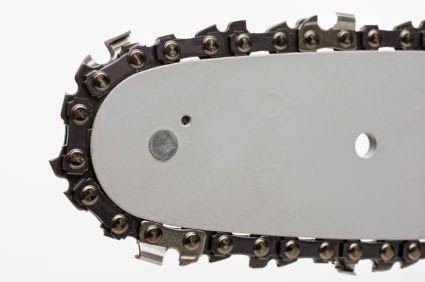Tighten the pivot
before you start sharpening make sure to check the pivot is tight. If not it can cause the blades to drift apart while cutting. This can lead to tearing of plants rather than clean cutting. After tightening check to see if it cuts cleanly. If not check to see if the blades are bent. To straighten a blade simply put it in a vice and tweak it. If after this the shears cut cleanly they do not need sharpening.
Sharpening
Clamp the blade into a vice and holding the file with both hands mimic the direction of the bevel. now move the file in one stroke along the entire cutting angle. If you use to many strokes or jerky motions you will lose the factory edge so make sure to use a single broad stroke. Repeat this until you expose the clean metal on the entire edge. Now you will need some 300 grit wet dry sandpaper to get rid of the burrs created by the filing. Lightly sand the back side of each blade keeping it flat and using a circular motion. After making several circles test the blade edge and it should feel sharper than ever. Now all you need to do is assemble the finished shears and test them out. you can also lightly oil all the moving parts and they will cut better than brand new.




